Being considered a Linux user does not automatically translate to a routine of coding and constant file configuration efforts. MusicPlayerPlus brings life to the Linux terminal environment through its music support features. This character-based console is an impressive music player for your Linux terminal window.
MusicPlayerPlus Overview
With MusicPlayerPlus, you can stream and play music through several audio packages integrated and extended from its project. MusicPlayerPlus’s initial interaction is with the Music Player Daemon (MPD).
Playback and visualization are derived from MusicPlayerPlus inputs which are in turn derived from the MPD streamed audio server outputs (the Music Player Daemon (MPD) is responsible for audio streaming).
As for the MPD and ALSA configurations, they are managed and controlled by the MusicPlayerPlus components.
The character-based terminal user is the primary target of MusicPlayerPlus’s integrations and extensions. This music player’s integrations and extensions make visualization, music library management, and audio streaming & playing under a lightweight character-based environment much easier to control.
The mpplus Command
To achieve various terminal and/or tmux sessions, the mpplus command (at MusicPlayerPlus’s core) functions as an ideal front-end.
The mpplus command is associated with the invocation of various actions including:
-
- mpcplus (lightweight character-based MPD client).
- tmuxp (tmux session manager initiated tmux session).
- fzf to fuzzy list and search an audio library.
- a spectrum visualizer.
- One or many terminal emulators that can handle MPD client and visualizer.
- Every music library’s album’s cover download.
- All music library’s WAV format media to MP3 format media conversion.
- Download of lyric-less music library songs’ lyrics.
- Music library import to Beets media library manager.
- Media-matched query’s audio-based information analysis and retrieval.
MusicPlayerPlus opts to make Linux user’s music lifestyle less strenuous through its sophisticated music library tools whose integration and management is not only easier to understand but also easier to administer..
MusicPlayerPlus Commands
You will find the following commands useful while working with MusicPlayerPlus.
- mpplus – for spectrum visualizer, invoking MPD client, primary user interface, etc.
- mpcplus – for NCurses MPD client.
- mppinit – for a user’s mpcplus configuration’s one-time initialization.
- mpcplus-tmux – displays album art, a visualizer, and runs mpcplus at tmux session.
- mppsplash-tmux – a visualizer and runs mppsplash at tmux session.
- raise_cava – raises visualizer window associated with mppcava spectrum.
- set_term_trans – set the transparency level for xfce4-terminal window.
- fzmp – for browsing, searching, and managing MDP library via mpc (MDP client) and fzf (fuzzy finder).
- create_playlist – uses Beets query for the creation of a new playlist.
This article will walk us through the installation and basic usage of MusicPlayerPlus on a Linux terminal environment.
Install MusicPlayerPlus in Linux
You first need to visit the MusicPlayerPlus releases page for the latest installation package version (Debian or RPM).
For RPM-based systems:
$ sudo yum localinstall ./MusicPlayerPlus_<version>-<release>.x86_64.rpm
For Debian-based systems:
$ sudo apt install ./MusicPlayerPlus_<version>-<release>.amd64.deb
For Arch-based systems:
$ sudo pacman -U ./MusicPlayerPlus_<version>-<release>-x86_64.pkg.tar.zst
Configure MusicPlayerPlus in Linux
The first step is to execute the mpcinit command on our system terminal to initialize MusicPlayerPlus.
$ mpcinit

After the initialization command, edit the following file to set the preferred music_directory location path.
$ nano ~/.config/mpd/mpd.conf
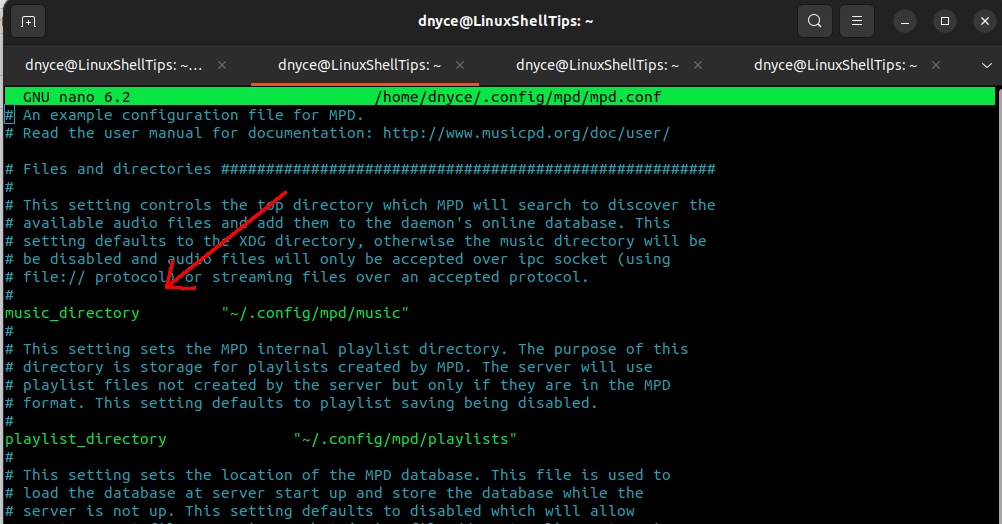
You will need to re-run the mpcinit command if you decide to change the music_directory location path.
Example Client Invocations
The following command opens MPD mppcava visualizer and graphical client.
$ mpplus -c
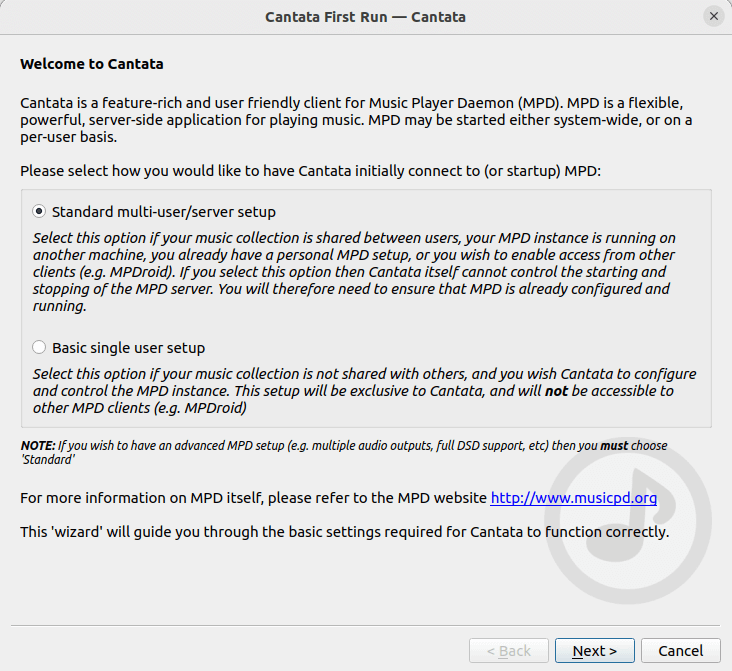
Establish a connection:
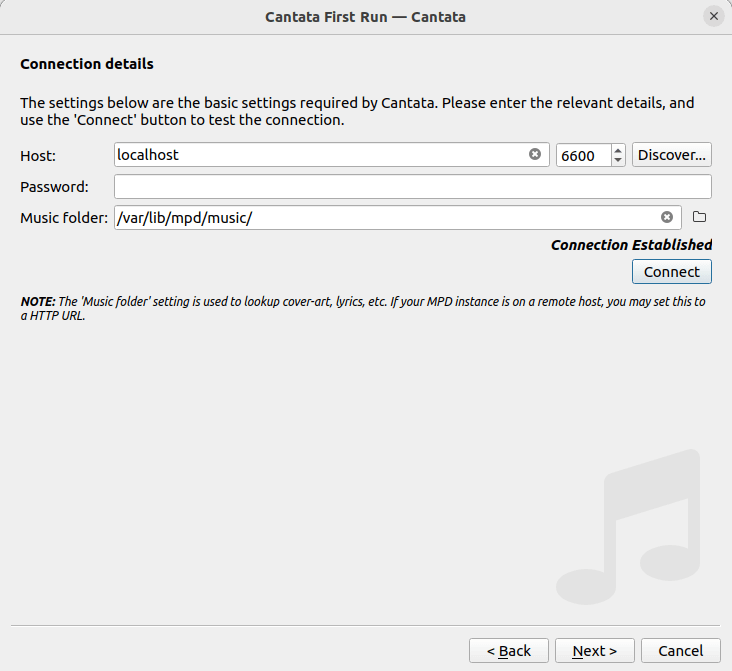
Accommodate album covers if needed.
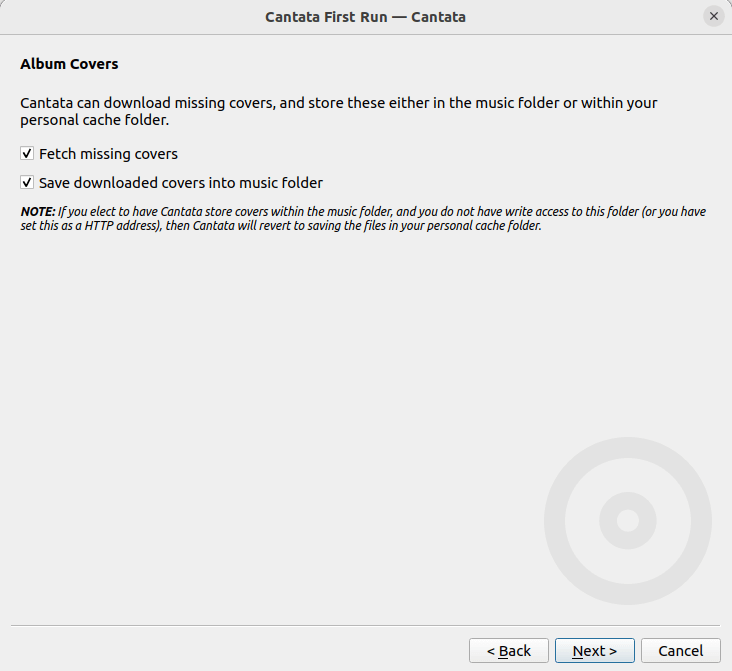
Finish setup and your music library should now be ready for exploration:
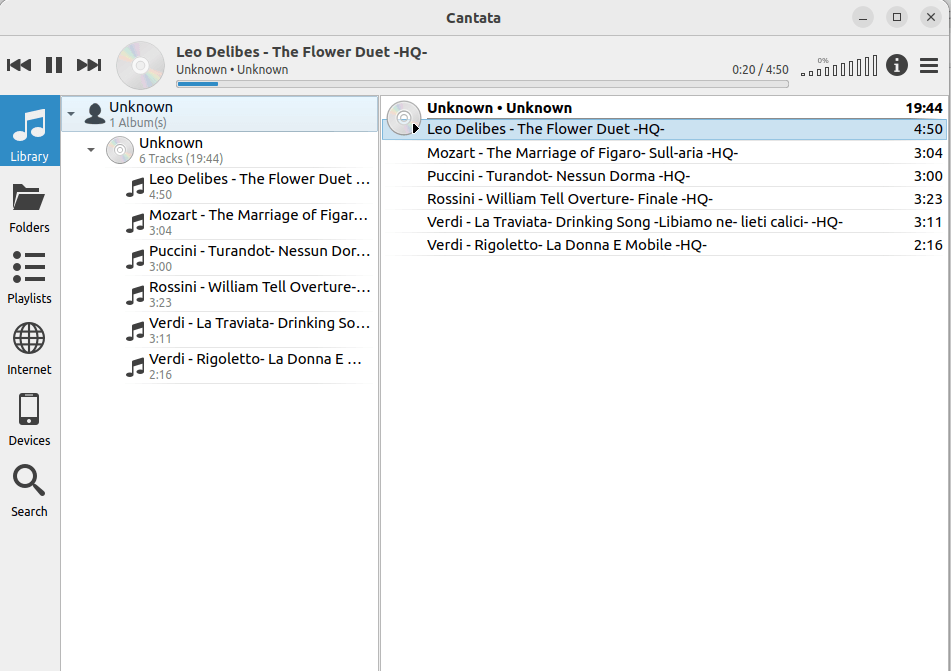
More MusicPlayerPlus usage examples can be found on its its README page.
We have successfully installed MusicPlayerPlus and demonstrated how to initiate it and enjoy our music collection while perfecting our Linux administration skills.

There’s an error: it’s not mpcinit but mppinit.
Hi Alejandro,
Thank you for pointing out the error! It should however be mpcinit and not mppinit as demonstrated by the article screenshot!
The mpcinit command was renamed to mppinit a couple of releases back. I probably should have left a dummy mpcinit command that just exec’s mppinit. At any rate, the best way to install and initialize is to read the Release Notes and README.